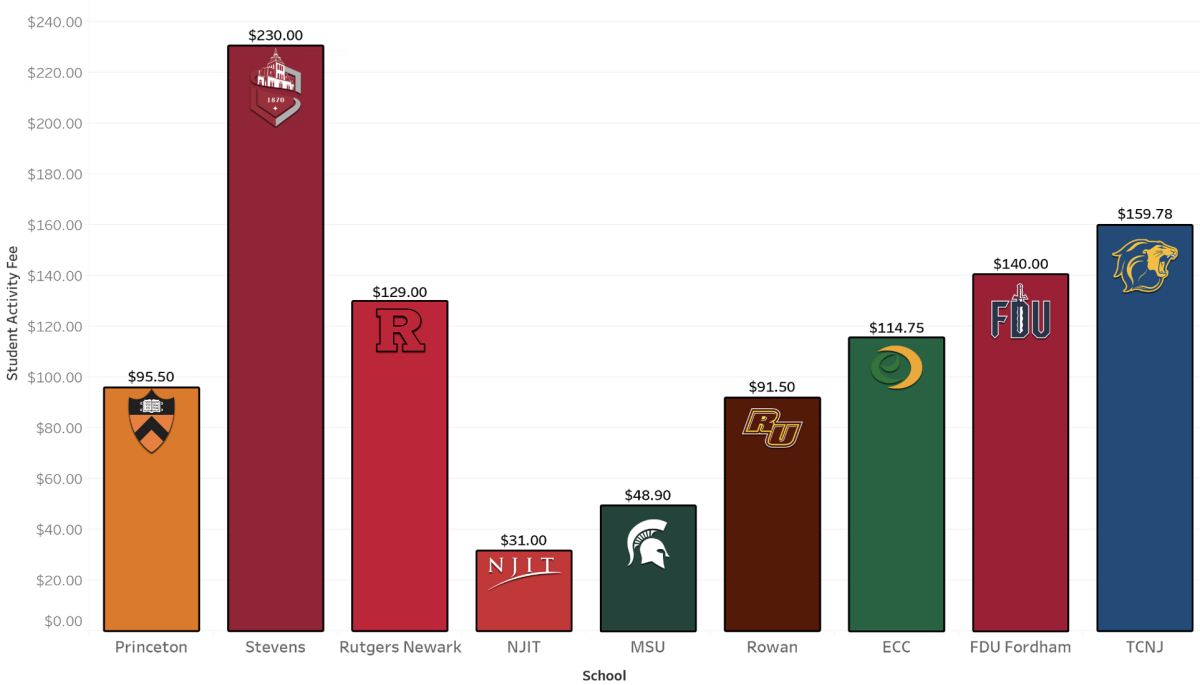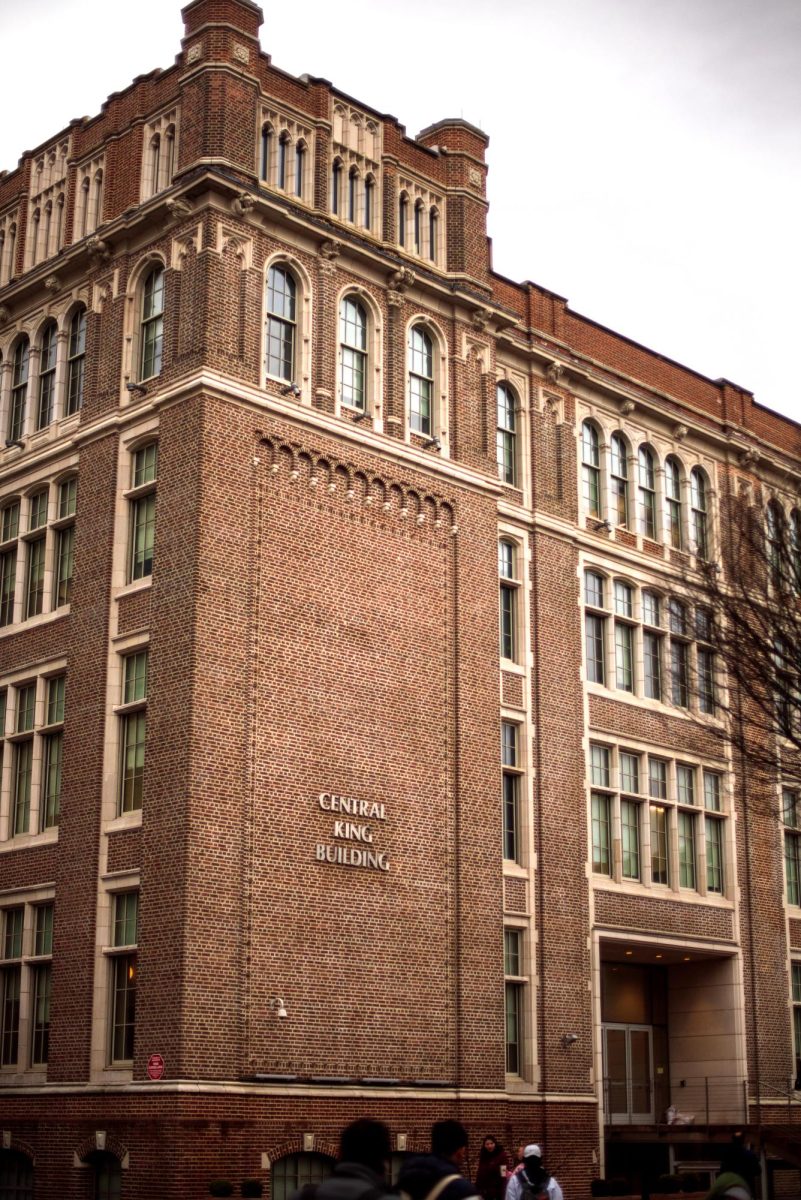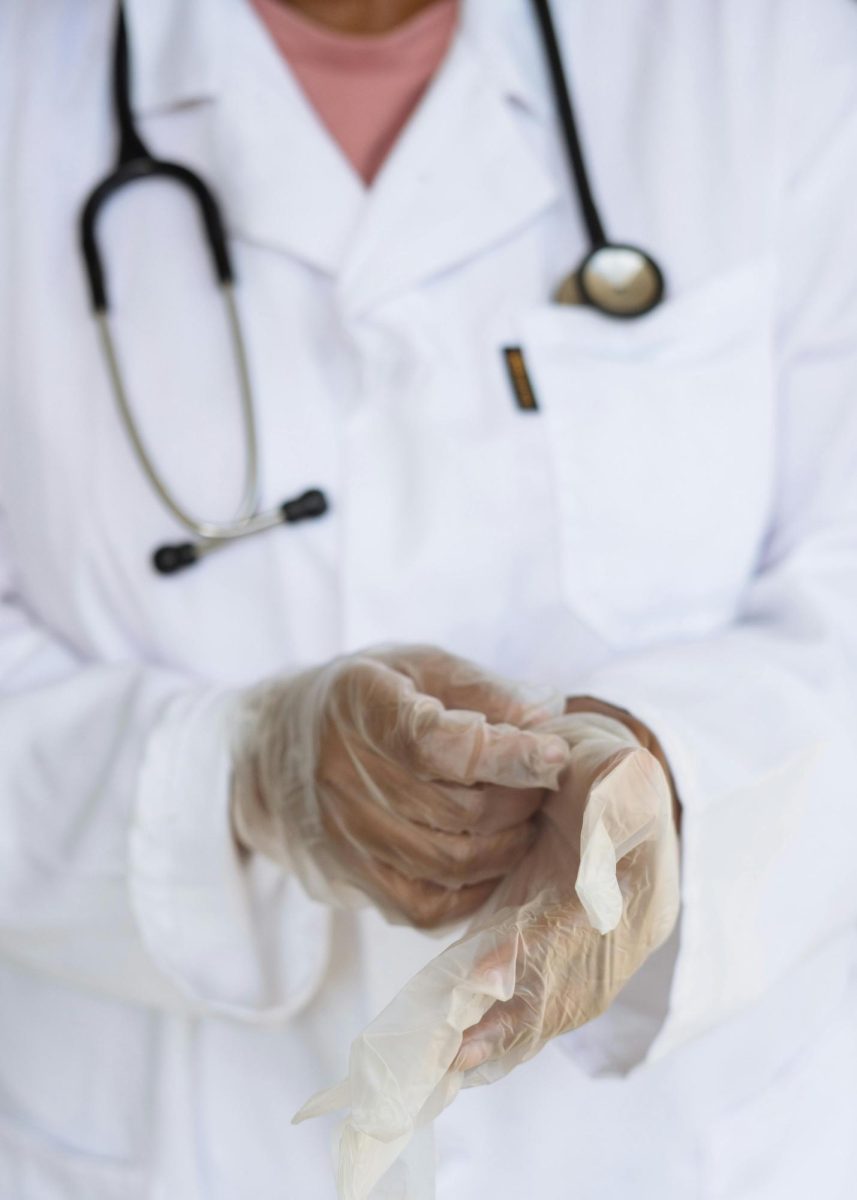According to the lead testing report available on the New Jersey Institute of Technology’s water testing website, locations at NJIT that exceed the maximum accepted level of 15 ug/L or 15 ppb of lead in water sources mostly do so by large margin. In comparison with the dirty water in Flint, Michigan, NJIT remarkably compares and excels in ways the NJIT community may not even be aware of.
Just over a month ago, Newark made national news when a vast amount of the public schools here were found to have dangerous levels of lead in their drinking water. As a response to this shocking revelation, the Environmental Health and Safety Department (EHSD) at the New Jersey Institute of Technology decided to perform lead testing on water sources all throughout NJIT’s campus. Soon after, a bulletin was sent to NJIT affiliates revealing that pipes and faucets throughout campus are supplying dangerously high levels of lead contaminated water.
The EHSD informed members of the NJIT community of a few things: shut down and flushing of affected pipes, follow-up testing after flushing, availability of bottled water in buildings where water fountains have been shut down, and the development and implementation of a systematic protocol outlining the steps to remediation.
Unfortunately, the follow-up test results were never shared through another bulletin or made widely known; this may be due to the fact that the lead content in NJIT water pipes increased even after flushing. Some of the numbers themselves went from dangerously high to unspeakably toxic. The last email regarding the lead contaminated water situation was sent out on April 19th, while the results seem to have been updated on April 25th.
At this time, on the 19th, NJIT revealed that they created a water testing page with info on how water was tested and what was being done for remediation. This is where the specific testing results with location and quantity of dangerous samples are located.
Remediation was supposed to include removal from service, filtration installed, or bottled water provided. There has been no apparent supply of bottled water though Cullimore and Tiernan have water supply machines without cups.
According to the Environmental Protection Agency, the maximum level of lead in drinking water should not exceed 15 ug/L. If samples do exceed this level, public health officials suggest that the faucet be flushed and retested, aided by an external filtration device, or completely shut down for repair depending on the situation.
Though filtration works at lower levels of contamination, the federal government says that filters may not work in water with lead levels that exceed 150 ug/L or 150 ppb. Regardless of this cautionary advice, NJIT has placed filters on faucets that exhibit lead levels above 150 ug/L, allowing them to be fully operational despite a lack of filter effectiveness.
To put the levels into perspective:
0 ppb (parts per billion) – no lead detected
1-4 ppb – EPA calls this range acceptable
5-14 ppb – concerning, but below EPA’s “federal action” level
15-49 ppb – range above “federal action” for lead, but can be treated with filters
50-149 ppb – dangerous level that can still be treated with filters
150 ppb and above – level at which federal government suggests filters may not work
According to the data below from the NJIT water testing results, many locations on campus are well beyond the 150 ppb level and the action chosen for most of these locations is filtration rather than removal from service or replacement. Even the government suggests that filters will likely not work for high concentrations of lead in water that well exceeds the accepted range of 15 ppb.
PLACE DATA HERE
Another situation relating to water sanitation has been festering in Flint, Michigan where most drinking water is no longer potable. However, according to a research team from Virginia Tech, 84% of 271 collected samples were above the acceptable 15 ppb, a few samples were over 100 ppb, and one sample was over 1000 ppb even after flushing out the pipes. In comparison, NJIT reported that nine samples were over 100 ppb, and one was over 1000 pb even after flushing. What is even more interesting is that lead levels went up during the second round of testing.
PLACE GRAPHS HERE
The severity of the water testing results and questionable remediation seem to have not been an area for concern. Though correlation does not equal causation, according to the charts above, NJIT water may be just as bad as the water in Flint, Michigan. NJIT is not a city, and a diagram of water samplings in Newark may or may not produce a map similar to Flint; nonetheless, NJIT on a map of Flint would likely be represented by a purple dot to indicate an area with extremely severe levels of lead.






























